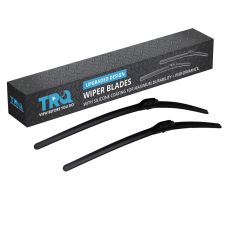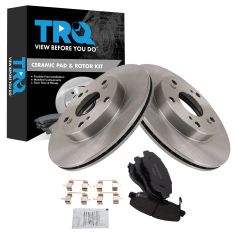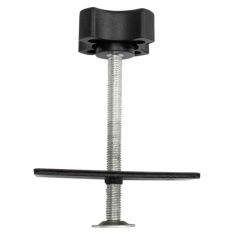1ABFS00787-Honda Civic Front Ceramic Brake Pad & Rotor Kit TRQ BKA10834





Replaces
2006 Honda Civic LX Front Ceramic Brake Pad & Rotor Kit TRQ BKA10834



Recommended for your 2006 Honda Civic
Frequently bought together
Product Reviews
Loading reviews
Customer Q&A
No questions have been asked about this item.
Honda is a registered trademark of Honda Motor Co., Ltd. 1A Auto is not affiliated with or sponsored by Honda or Honda Motor Co., Ltd.
See all trademarks.












